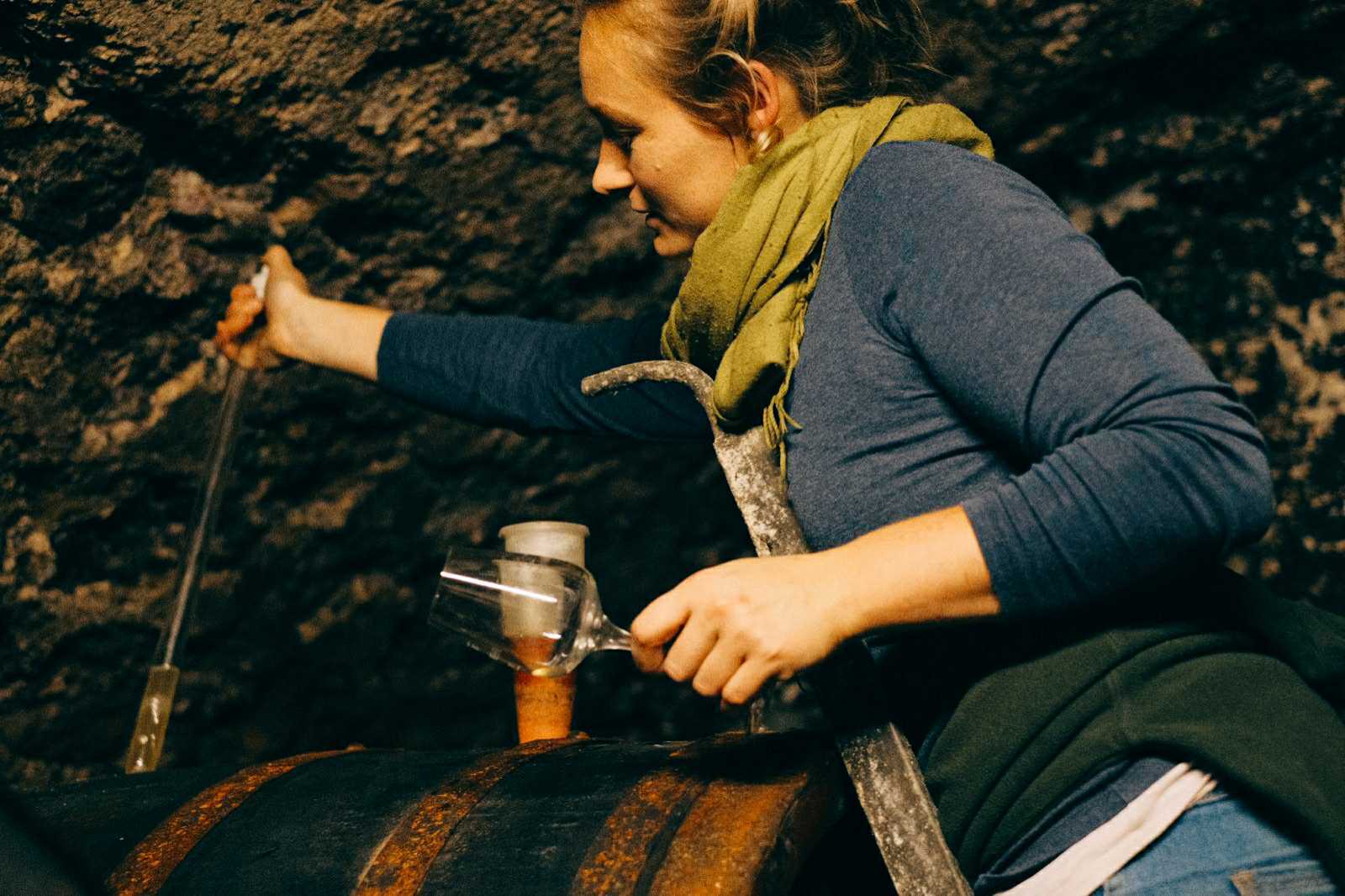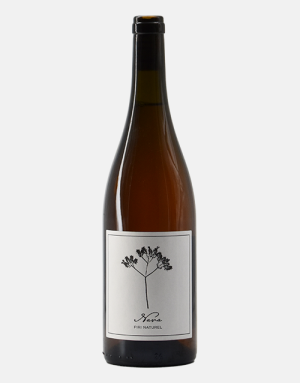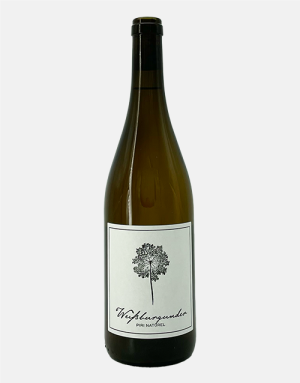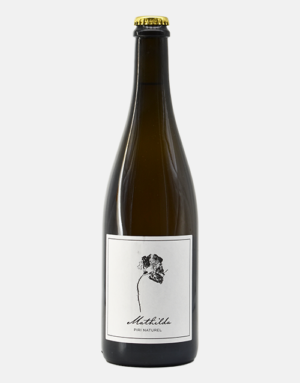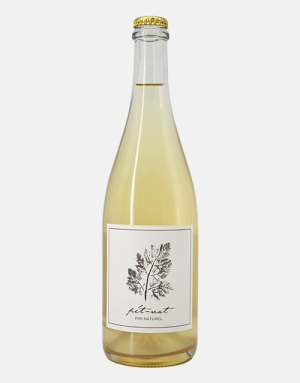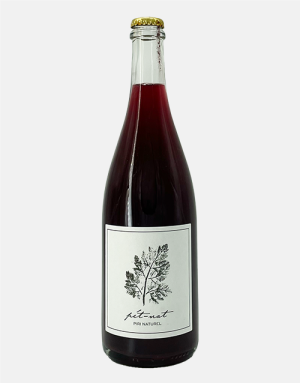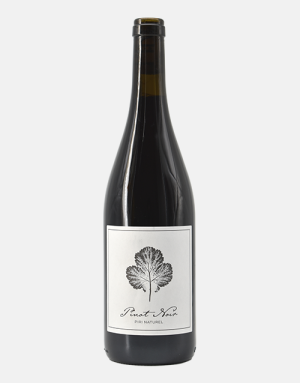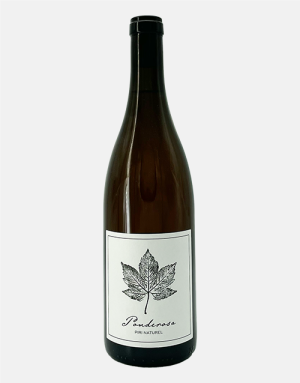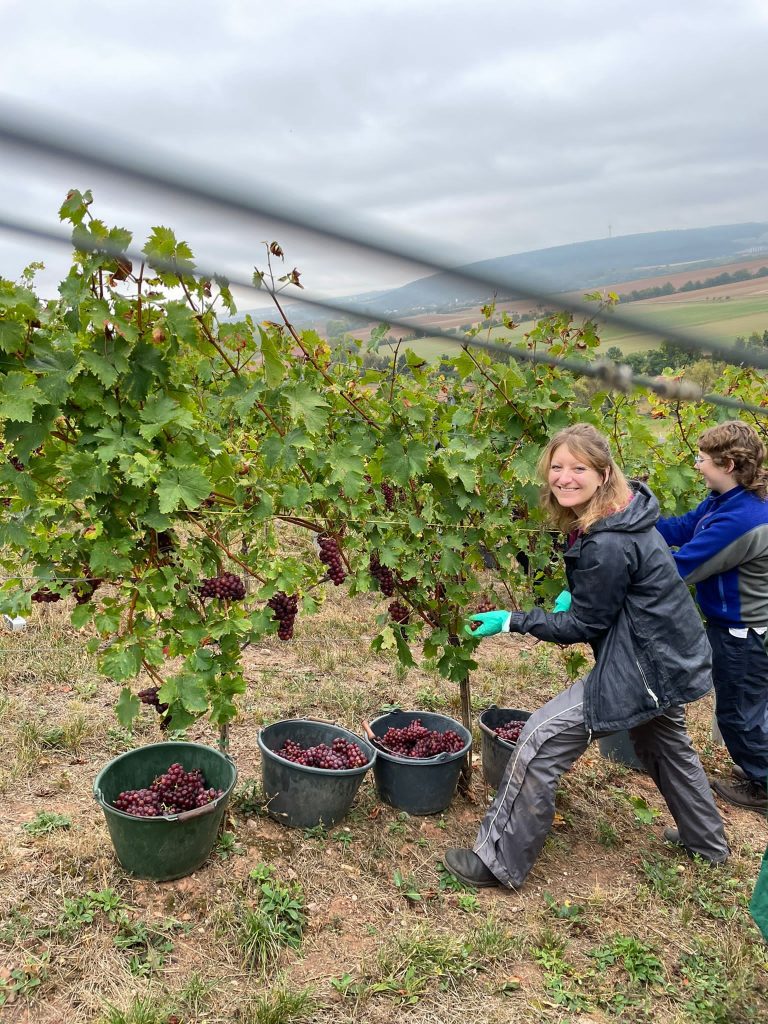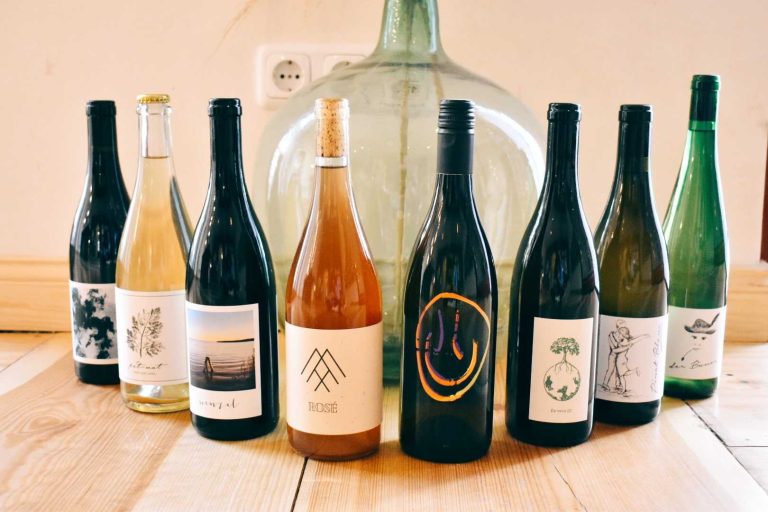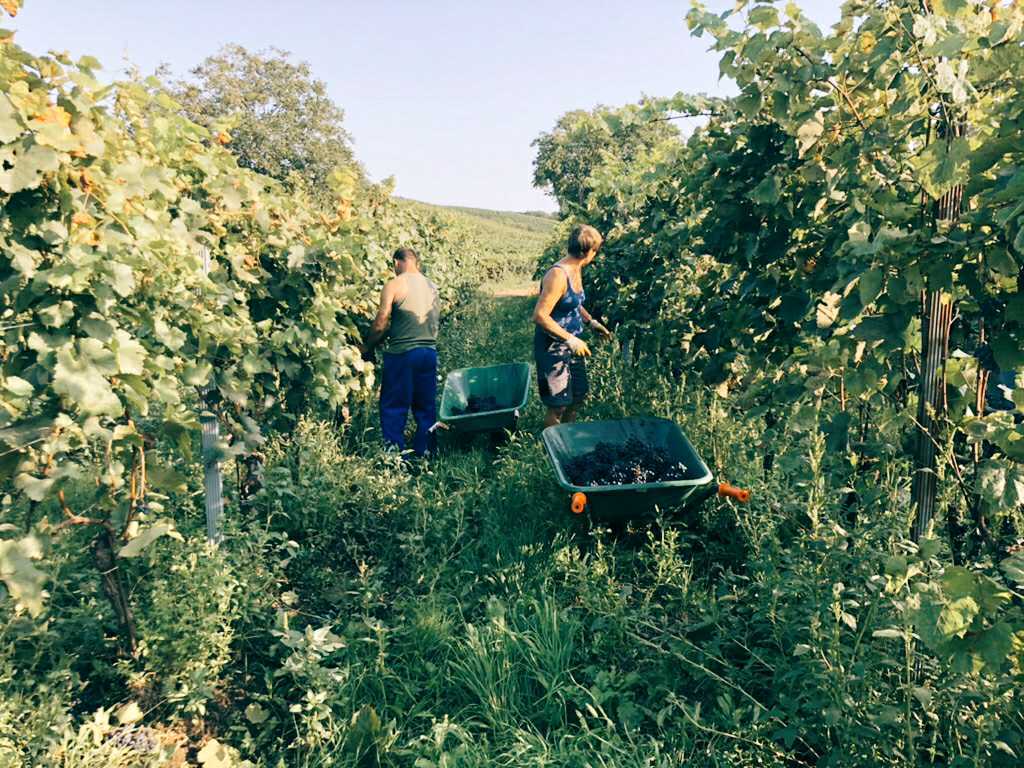
Updates from the vineyard - harvest with Piri Naturel
Hey Piri, tell us about the harvest
In our glasses is the white brugunder from Piri. But how did it get there? What work had to be done so that we can enjoy this wine?
We talked to Piri about what is probably the most strenuous phase in the vineyard: the harvest. A really exciting and insightful interview about this so intense time.
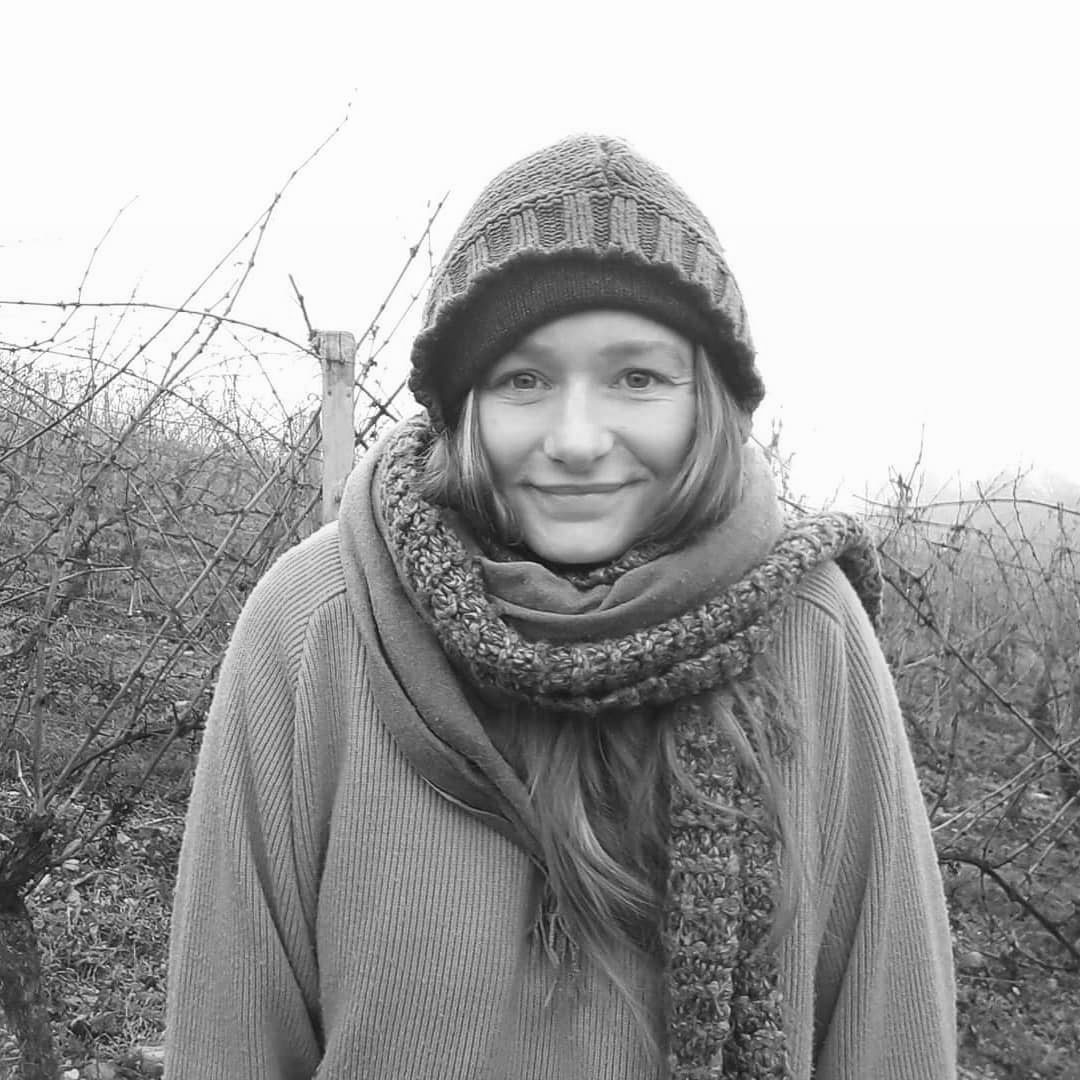
Harvest what?
What exactly falls into the harvest? Let Piri tell you:
"At harvest, the grapes are harvested. For weeks we will be in the vineyard, harvesting without interruption. This is a very intense phase. We work all year towards this one "event" and it is, so to speak, the highlight of a winemaker's year. The saying that you reap the fruits of your labor, is really figurative."
We love highlights! But we also have thousands of questions. How do the winemakers know which grapes to harvest? Are the grapes already sorted in the vineyard? What role does the weather play? What are the biggest challenges? And, of course, what work needs to be done in addition to the harvest? We asked Piri everything!
The harvest at Piri - that's how it goes!
Depending on the region and the geographical location of each vineyard, harvesting can begin as early as August or as late as October. Each time brings with it a series of challenges that winemakers must meet in order to get the best out of their vines each year.
At Piri Natural, the harvest begins for part of the grapes at the end of September, but it really starts in October.
The timely late harvest
Piri: "We are starting a bit later than other winemakers. We are not that far apart, but we are a bit further north than the others and are also the northernmost tip of the Nahe growing region. And then we are in the growing area with higher altitudes and we notice a significantly later ripeness of the grapes. This is partly compensated for by very low yields in the vineyards, but that in itself is the reason why we don't start harvesting until October."
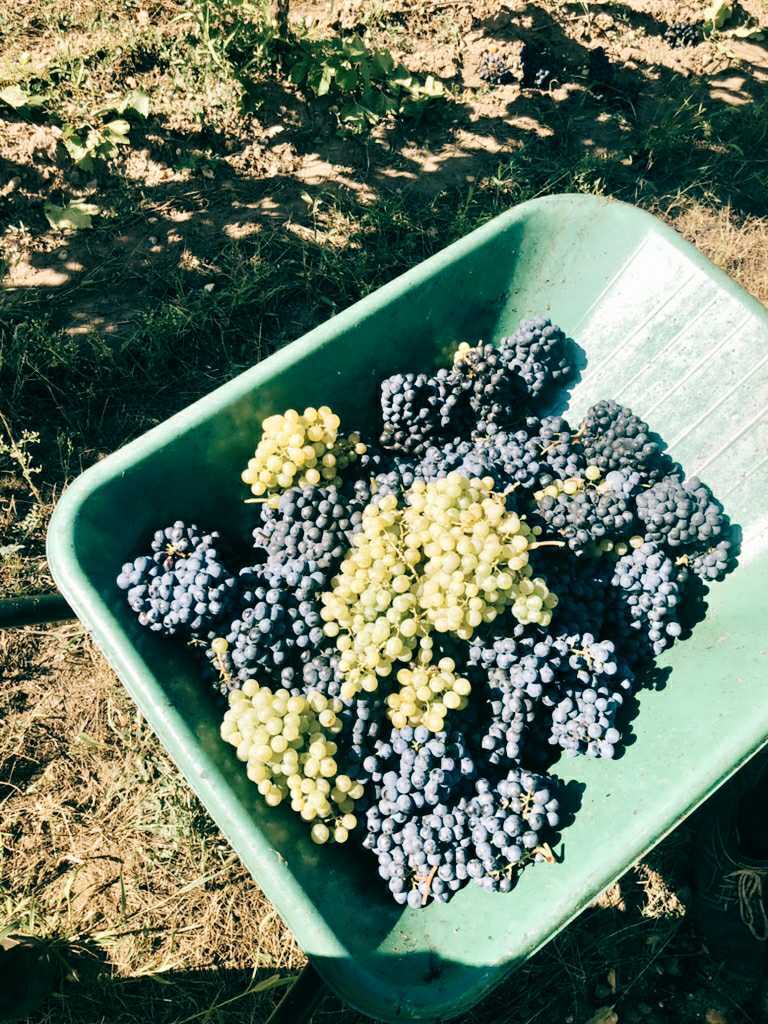
Depending on the grape variety, climate and location of the vines, the winemaker can draw on a toolbox of skill, experience, awareness and science to decide when it is time to harvest the grapes.
The most fascinating thing about this phase is that, depending on the location, some grapes from the same vineyard are harvested earlier or later because their ripening stage is not reached as quickly as that of the others.
Depending on the style winemakers want to achieve for their wine, grapes can also be harvested before full ripeness (which means more acidity in the wine) or long after full ripeness. Winemakers can rely on Oechsle metrics (measuring sugar and pH), but as Piri says, there is more to wine than scientific facts.
8gb: How do winegrowers prepare for the harvest? How does Piri know when it's time to pick?
Piri: "The actual decision of when to harvest what is based on taste and ripeness. Appearance and taste determine. A lot goes by feel and also experience that you've simply gained over the years. But I would say tasting is the most important thing. 2018 was a great example. All the values you could measure indicated that the grapes were long ready for harvest. But for me, the taste was still missing. We decided to leave targeted grapes hanging and harvest others earlier. And that really made the difference. If the real flavors haven't developed, you can't really rely on values dictated by a book. Sugar and acidity are one thing, but the real flavors also develop separately."
The people behind the wines
The harvest is a lot of work. The size of the team depends on the size of the vineyard and winery. To our knowledge, some wineries like the Brand Bros have a team of 50 people helping with the harvest, other larger wineries may have more; small wineries may need fewer helpers.
It's also interesting to see that the team can become a diverse mix (depending on size) of family members, friends, paid staff who do it professionally, but also people who want to help out of interest in the craft (students or people like us from the wine scene).
8gb: What does it look like for you, Piri?
Piri: "So we are firmly 7-8 people in the vineyard. Also really mixed, young and old. Partly people who go to the 30th year in the harvest, but also students who also go on weekends or young people from the village. In the cellar I'm mainly, but there I have but this year again support from a good friend who is there throughout the harvest. So a total of maybe 10 people, who somehow all scurry around."
Healthy grapes 🍇
We are now wondering how to ensure the quality. We were wondering if we would be able to identify which grapes make it into the wine and which we should leave hanging there. Is there a risk of compromising the quality of the wines here? Some wineries select the grapes directly at harvest and do another selection once the grapes arrive at Weingut . Others make the selection directly on the vines and leave unwanted grapes to rot on the ground.
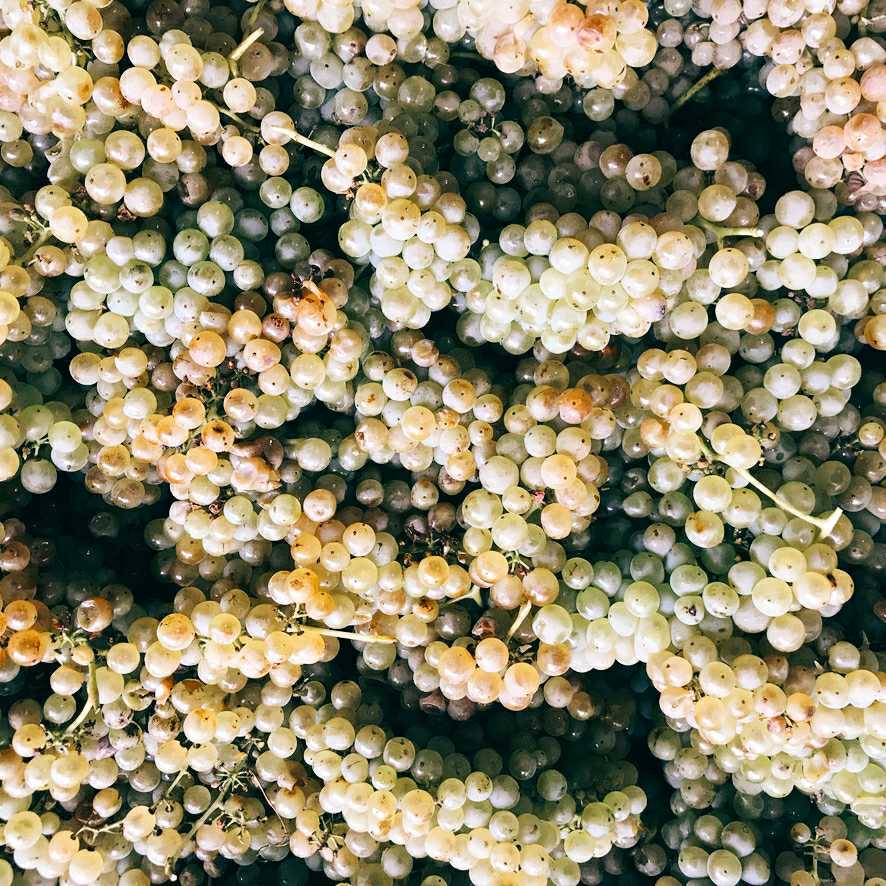
For large teams, some winemakers* have to do one or more briefings and show the team exactly what to harvest and what not to harvest. How to distinguish rot and disease, which can be very different depending on the grape variety. Jess told us even that Pauline from Glow Glow could sometimes tell just by smelling the grapes that they were not to be harvested - a trained nose: because the harvest team couldn't tell.
8gb: Piri, how do you select grapes?
Piri: "I think you can get a feel for it very quickly. When we have new people who are not on the team, I just explain it, show it to everyone and if someone has questions, they can ask and I show it again. But I think in general, people got it quickly. Even the people who have been around for a while already have an eye and a feel for it. And of course, you can always taste it and if it doesn't taste like you'd eat it, then you probably shouldn't put it in the jar."
Throughout the year, the weather plays a huge challenge for winemakers. Frost, rain, snow in spring, hail, heat in summer... factors that winemakers can't control and have to deal with.
8gb: What are typical harvest challenges, especially starting so late?
Piri: "The most important thing is actually the weather. It's actually our biggest challenge all year round and it has to play along somehow. If we suddenly get 4 weeks of rain just before the harvest, that would be a real disaster. The year can have gone so well, but if it rains for four weeks at the end, then that can ruin everything. The grapes get soaked with water and can burst before they're even harvested or before they're even really ripe."
8gb: And the location? Does that matter?
Piri: "Then there's the fact that we have very steep vineyards, and you simply need a lot of manpower. Of course, you also need it in the flat vineyards, but where it is steep, it is simply very time-consuming. We have vineyards where we can't drive in with the tractor and if the harvest takes a very long time or is delayed due to the weather, you have to hope that you still have the manpower. That we just have enough people that are just there."
Grape harvesting is not everything
The harvest is not just about picking the grapes. At this point, the winemakers and their teams also set the entire winemaking process in motion. For example, some grapes are pressed quickly because the skins do not need to be removed. Other grapes are stomped with the feet so that maceration/extraction of the aromatics from the skins can take place. As the harvest progresses, the grapes are pressed more, most of them are transferred to barrels for fermentation, and so on.
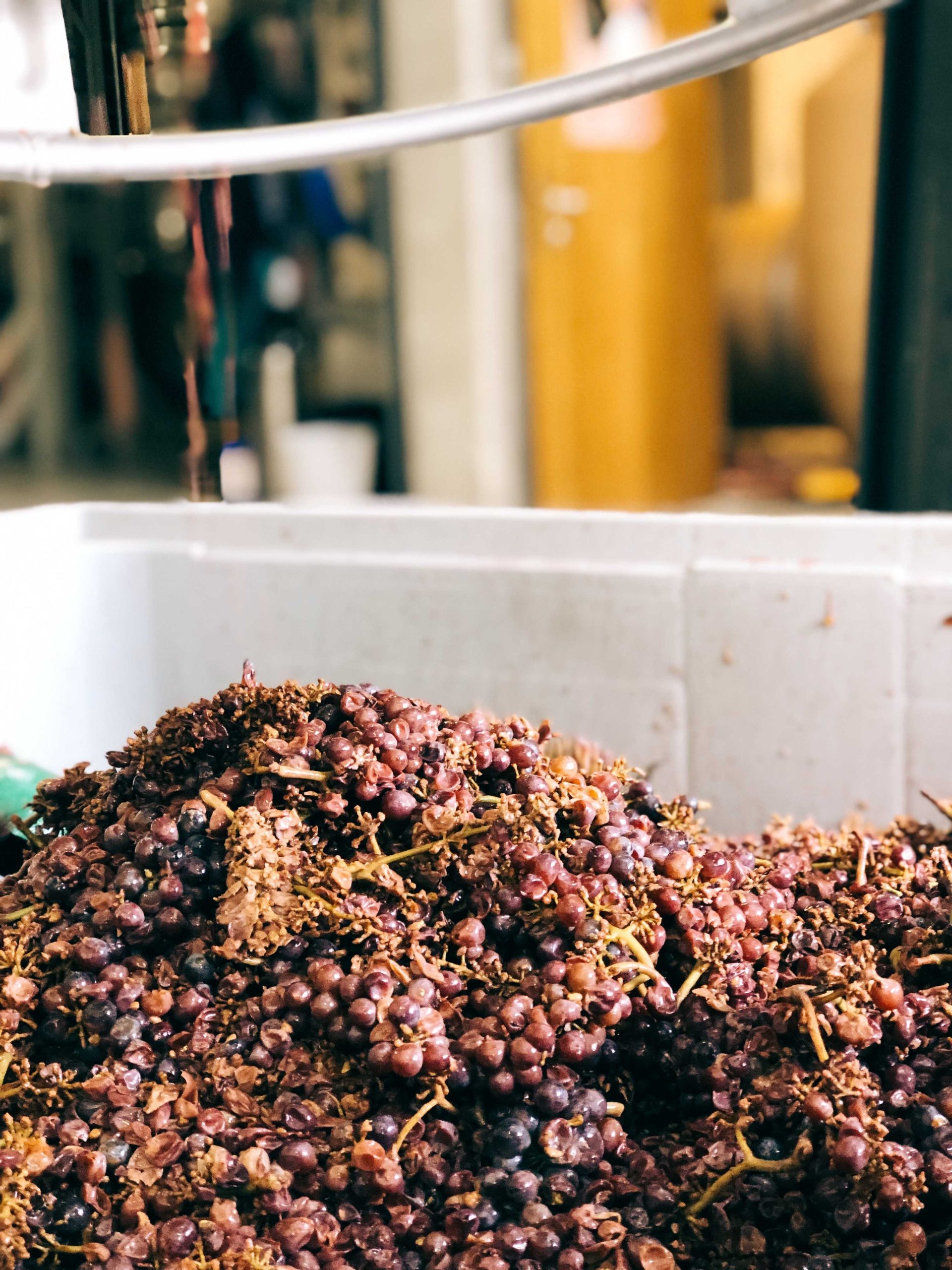
3 Questions for Piri
8gb - If you saw right now that continuous rain was planned for the next four weeks, how would you react? What would you do in the worst case to save your wines?
Piri: "So depending on where we are in maturity, I might decide to harvest some vineyards already as soon as possible and others I might still tease out and see if it's really as bad as expected or ... you'll have to see; but I would say tend to harvest already briskly."
8gb - Do you know before the harvest what you are going to do with your wines, what you are going to do with the grapes, or do you decide after the harvest?
Piri: (laughs) "Well, I already have an idea in my head, a clear direction. Probably every winemaker has that, simply what her style is, what you want to do, what you like to drink yourself. But still, sometimes you decide spontaneously. Much of our wine is fermented as whole grapes, and we taste it every day, and I decide very much according to taste whether we should press it today or leave it on the skins for two days. So in short: I decide a lot spontaneously, but I already have a general idea of what we want to do."
And further?
Piri: "Well, the style definitely remains: that's simply what I like to do and what goes well with our site. But for me, there are a few more vineyards that my parents had previously given to the cooperative. That means I now have one or two other sites that are kind of new, but that we've been farming for a long time - meaning I already know the grapes very well, and I'm looking forward to the new wines that come into the Piri family as a result."
